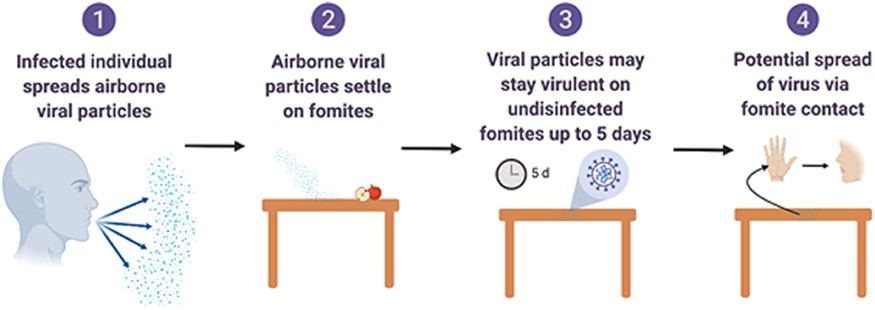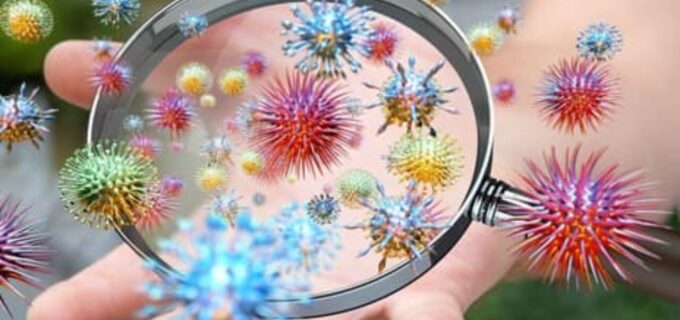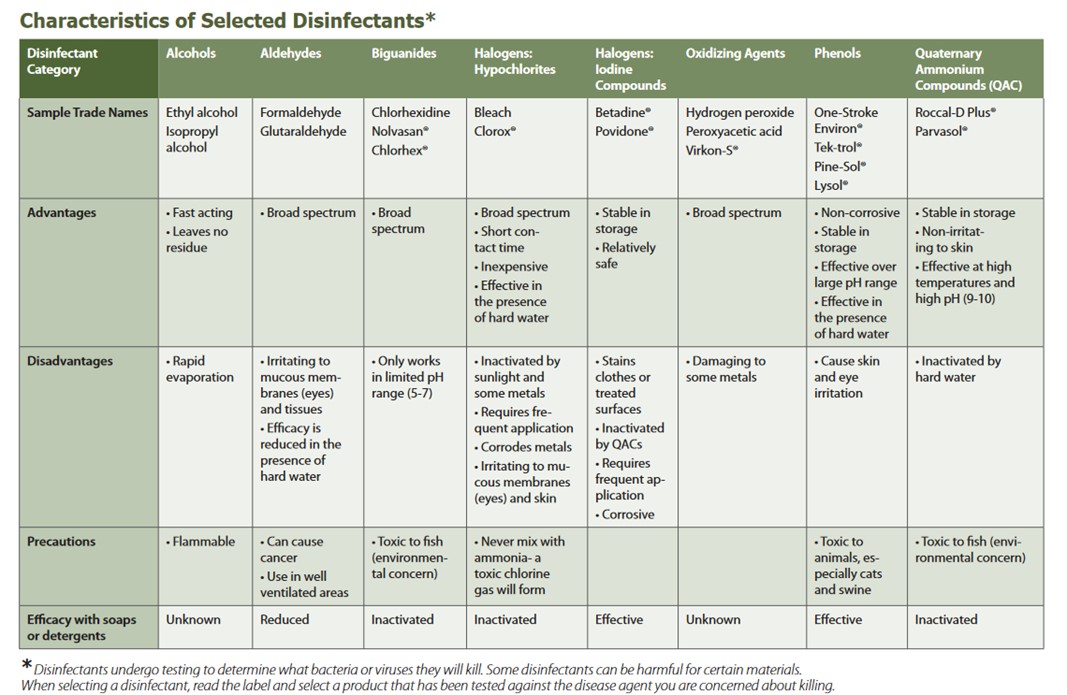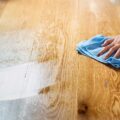In the scientific community, fomites are known as passive vectors. Put simply, they are inanimate objects that can carry and spread disease and infectious agents. Common fomites we come into contact with frequently are handrails, doorknobs, light switches, lift buttons and shared facilities.
In a public setting it is possible that someone carrying pathogens may sneeze or cough in the vicinity of the fomite or they may simply touch the fomite without having washed their hands, which can lead to a build up of pathogens on the various surfaces.
Severe acute respiratory syndrome (SARS) coronavirus RNA was found on 30% of surface swab samples in hospitals, including in patient rooms, on computer mice at nurse stations, and on the handrail of a public elevator. Norovirus and influenza A virus were found on frequently used fomites (e.g., desktops, faucet handles, and paper towel dispensers) in elementary school classrooms.
Porous fomites are significantly more dangerous as cleaning the surface is unlikely to be able to remove all the pathogens as they may be within the pores. As opposed to traditional sanitising wipes, disinfectant sprays may be required to penetrate into the pores and ensure deactivation of all the pathogens within the fomite.
Whilst non-porous surfaces such as stainless steel and lacquered wood do pose less of a risk due to the inability of pathogens to trap themselves within the surface, research has shown that influenza virus has remained active on stainless steel 24 hours after contamination and avian influenza was capable of surviving for 144 hours on both porous and non-porous surfaces.

How do we reduce the risk from fomites?
In an office environment, the most contaminated sites are those that are touched frequently but rarely cleaned due to the low contact time. Examples are, refrigerator handles, drawer handles, sink faucets and soap dispensers and light switches.
At a personal level, research has shown that through the frequent usage of hand sanitiser containing alcohol and sanitising wipes to clean these high-touch points in the workplace, the viable pathogen concentrations were reduced by an average of 85.4%.
At a custodial level it is important to start by identifying all the high touch points that exist in the vicinity. This will allow for more targeted cleaning. These high touch points should minimally undergo daily disinfection to minimise the risk of pathogen transfer. There are various disinfectants available on the market, but some may react with certain materials and thus careful consideration is required to ensure that the surfaces do not become damaged due to the disinfectant. Occasional testing of the surfaces can be carried out to ensure that the disinfection is effective.
Should I be afraid of fomites?
There is no reason to be worried about fomites if there you have good personal habits to ensure that you sanitise or wash your hands before touching your face after visiting public areas. Frequent disinfection will lower the risks even further. There is no way to avoid contact with fomites, but by inculcating good sanitation habits we can ensure that fomites pose minimal risks to our daily lives.
Related Posts
- What are the Dirtiest Things you Touch Everyday?
- Disinfectants and Antimicrobials
- Stop the Transmission of Covid-19, Crush the Pandemic





